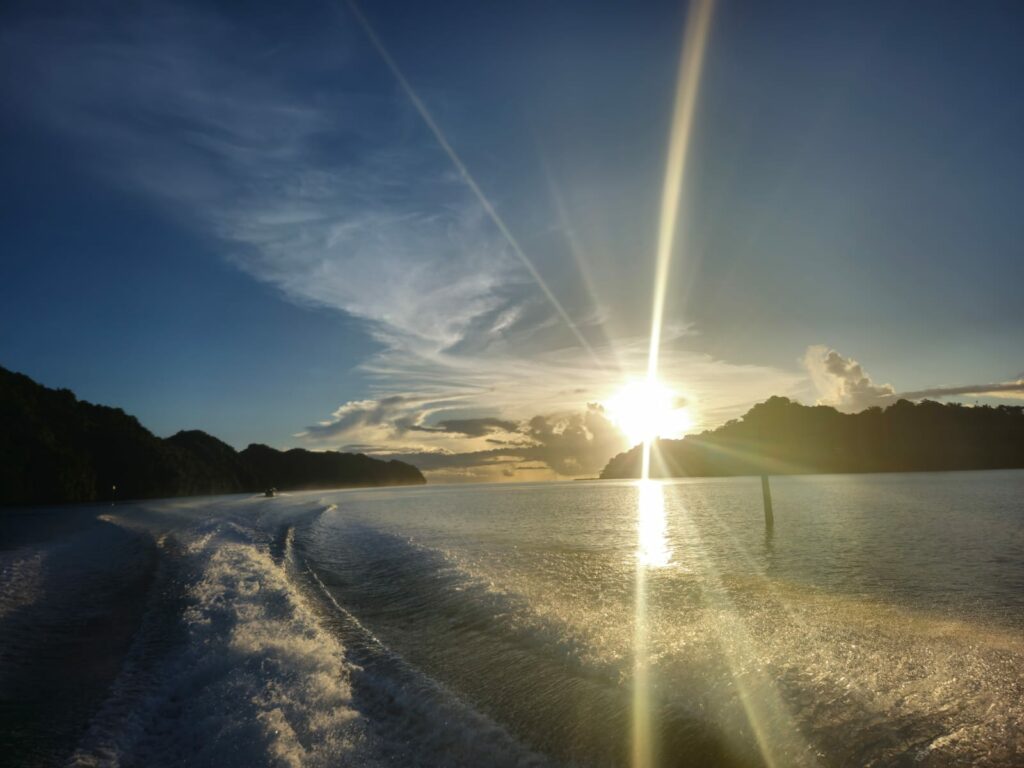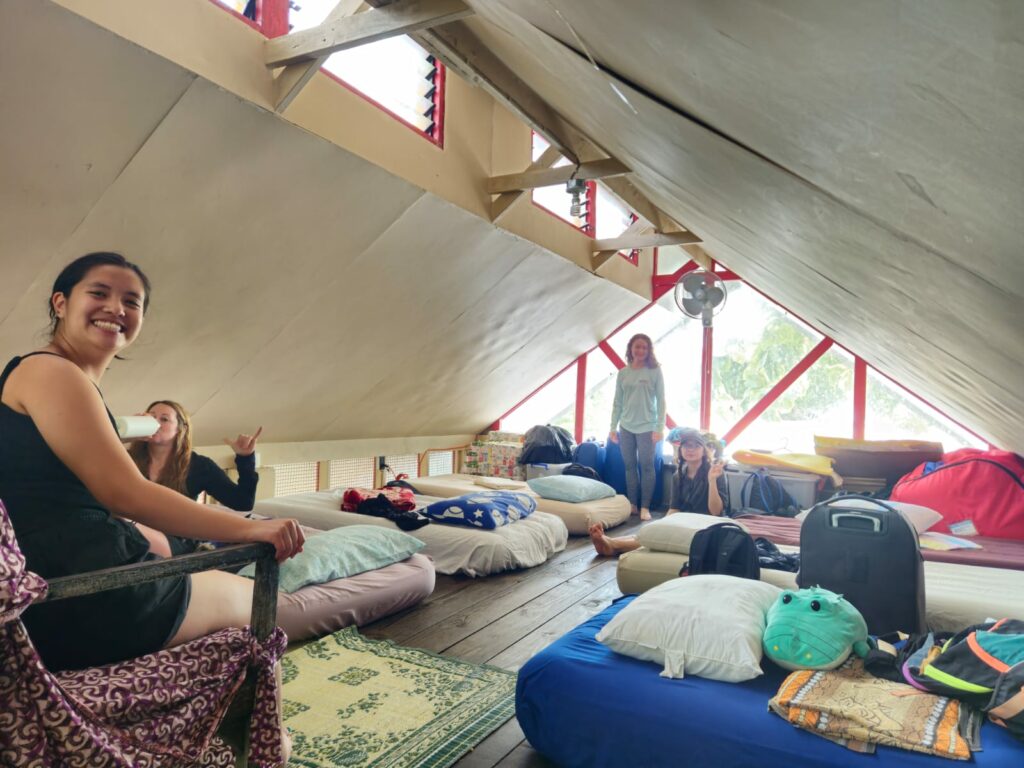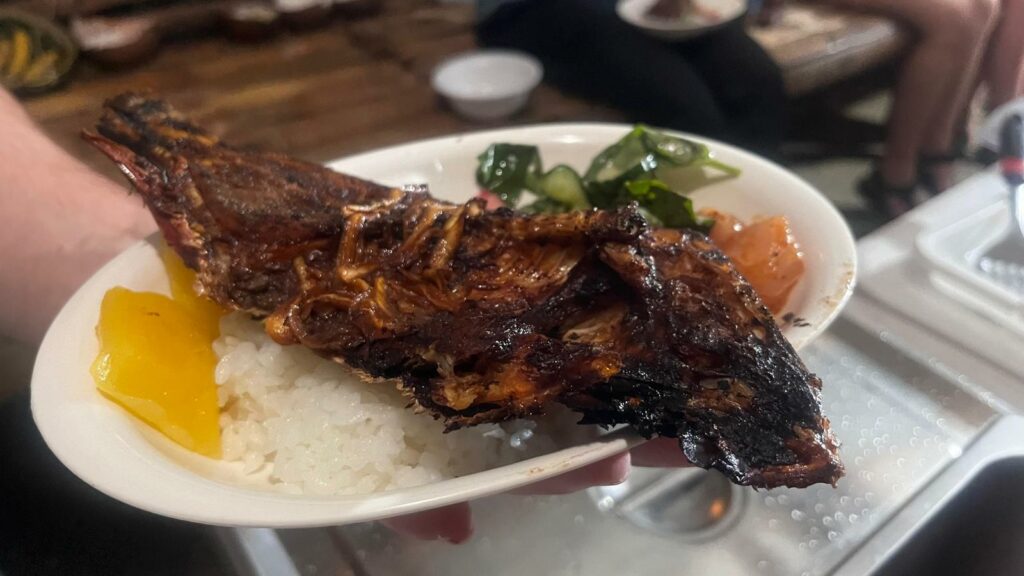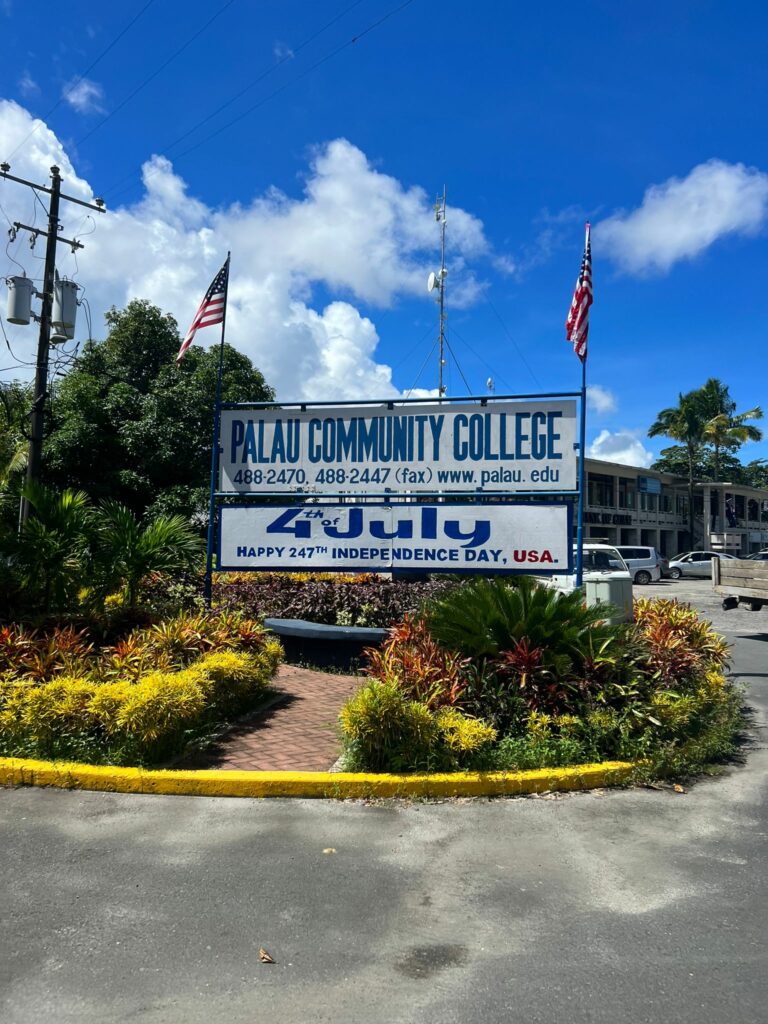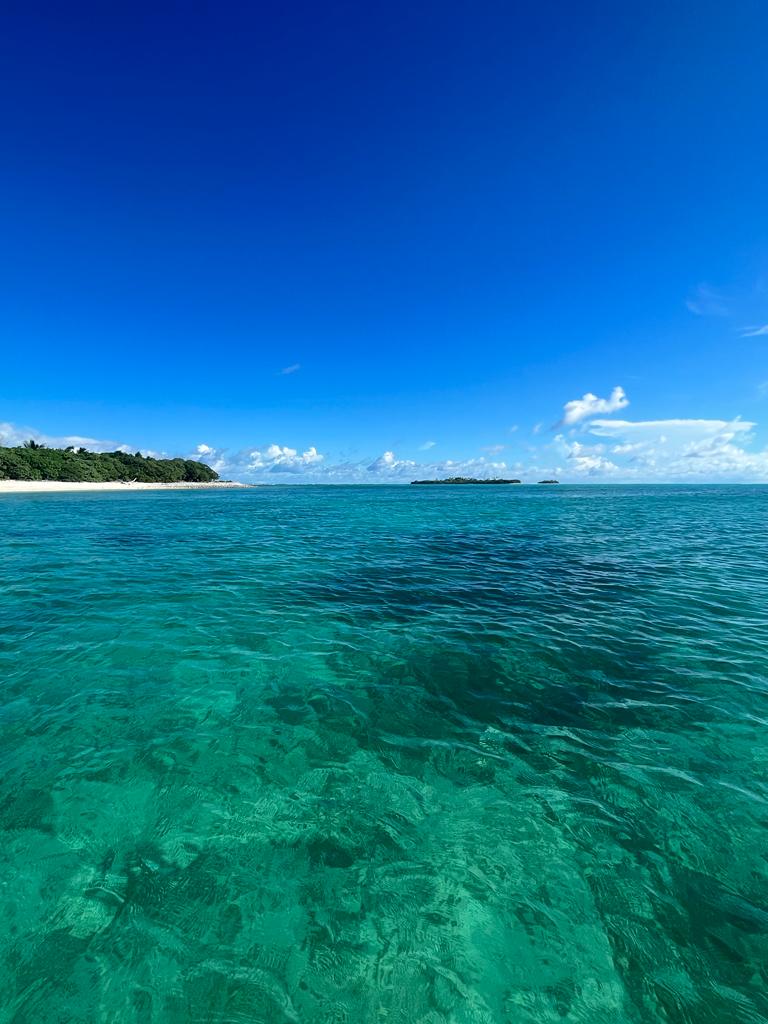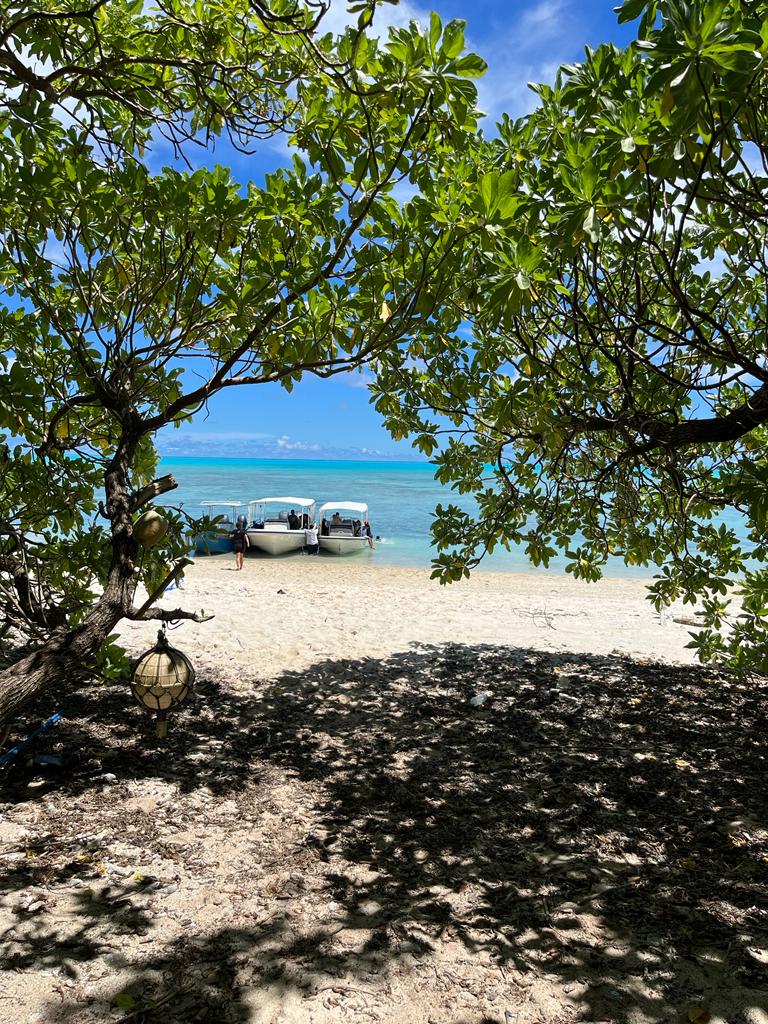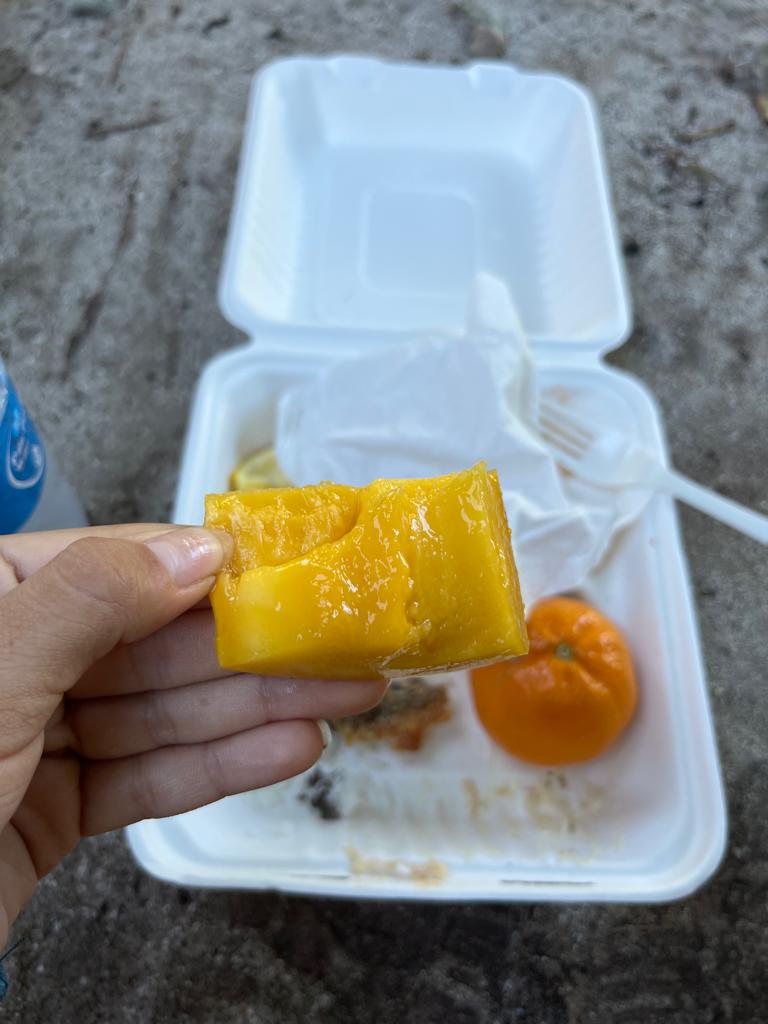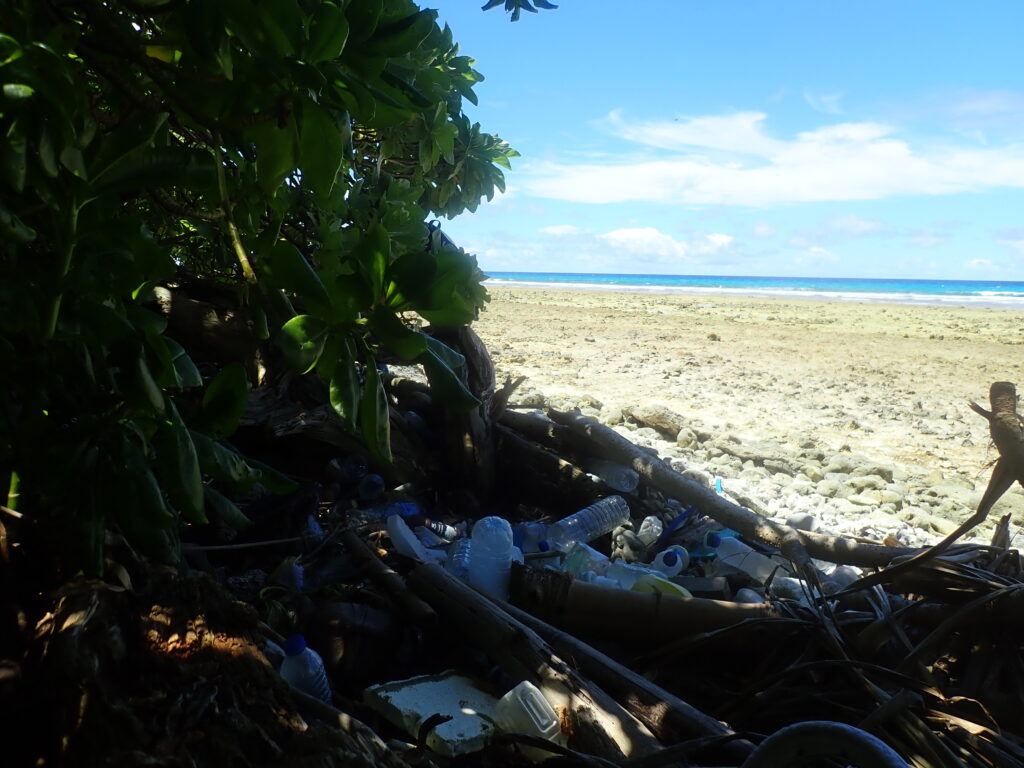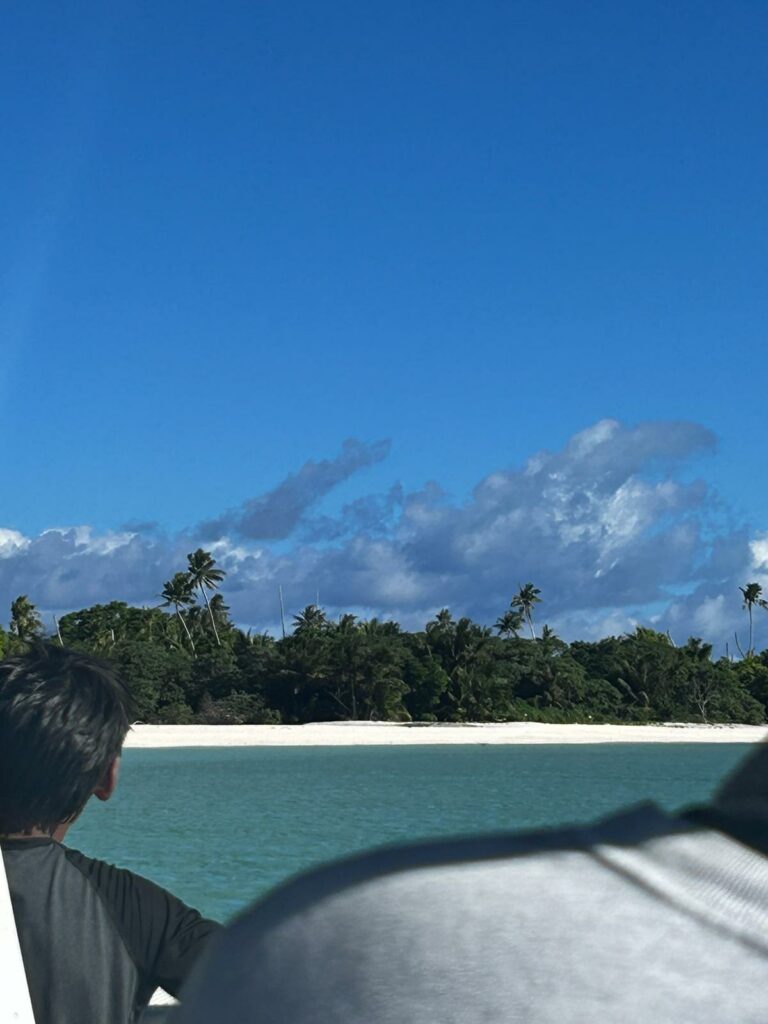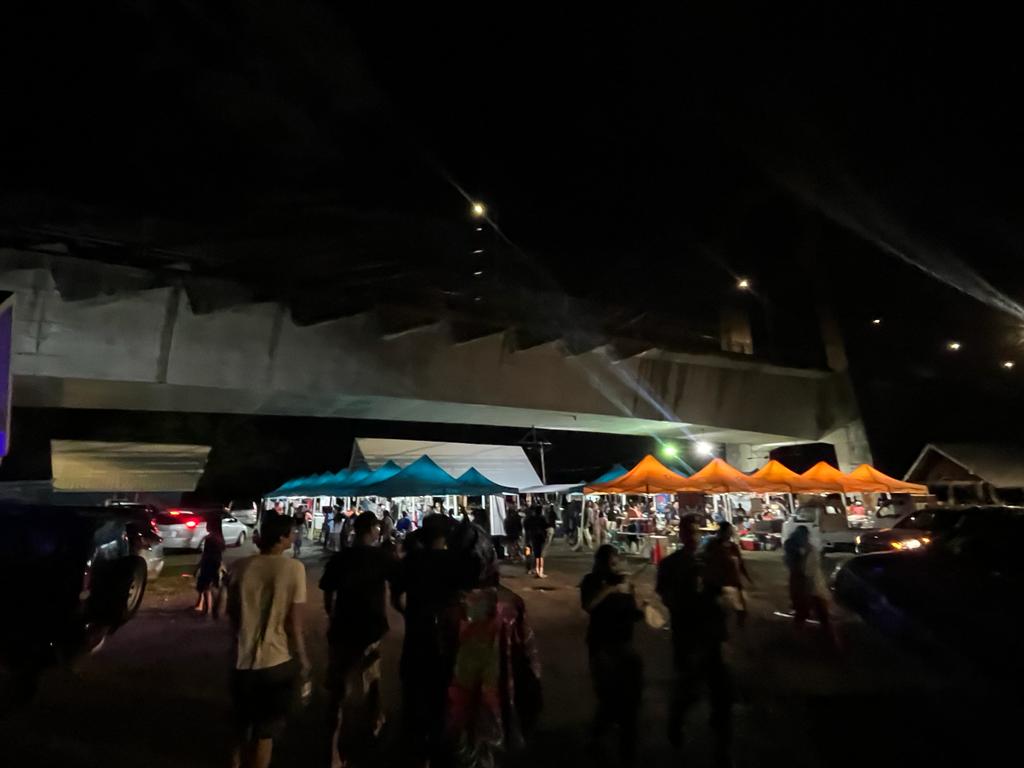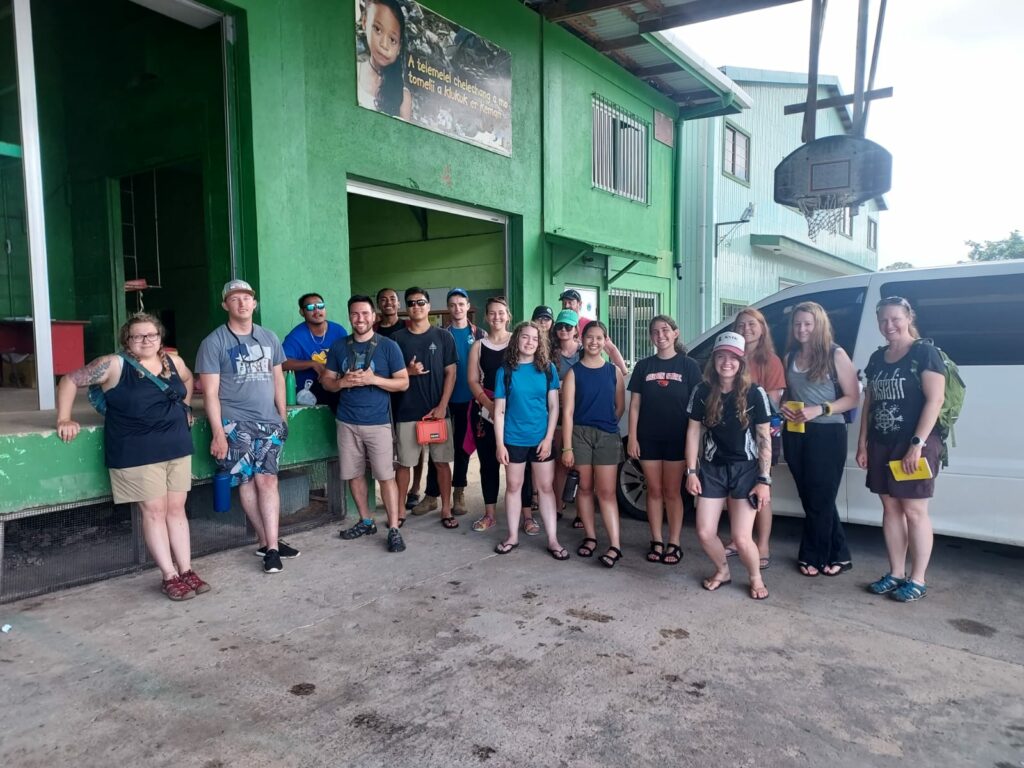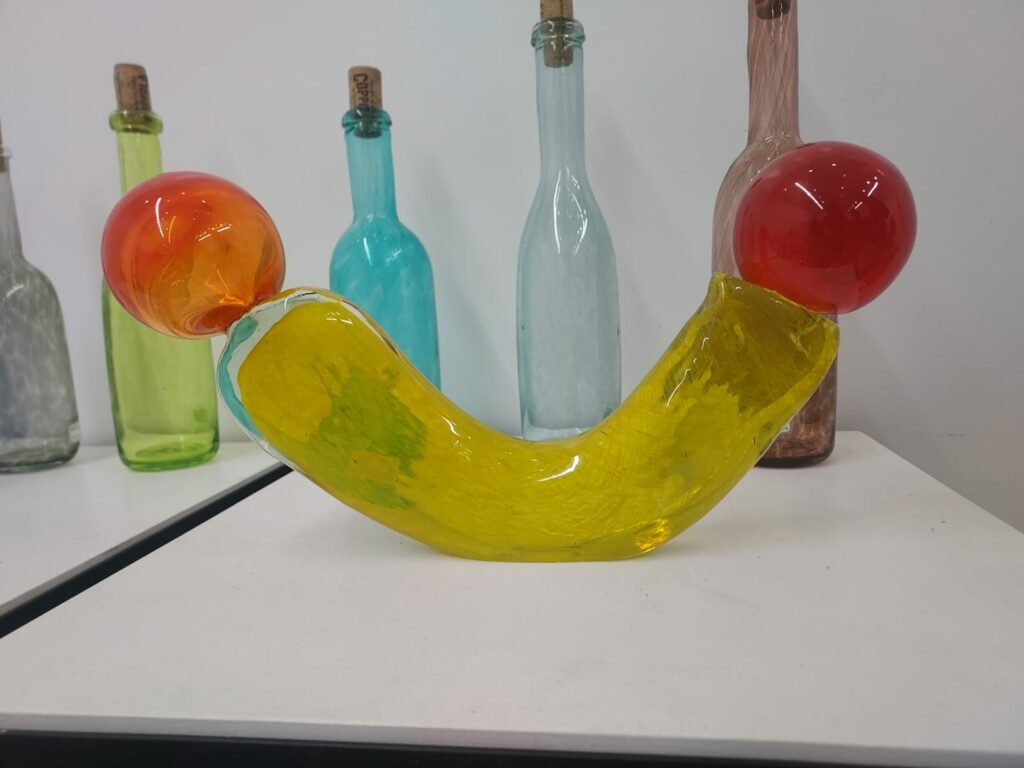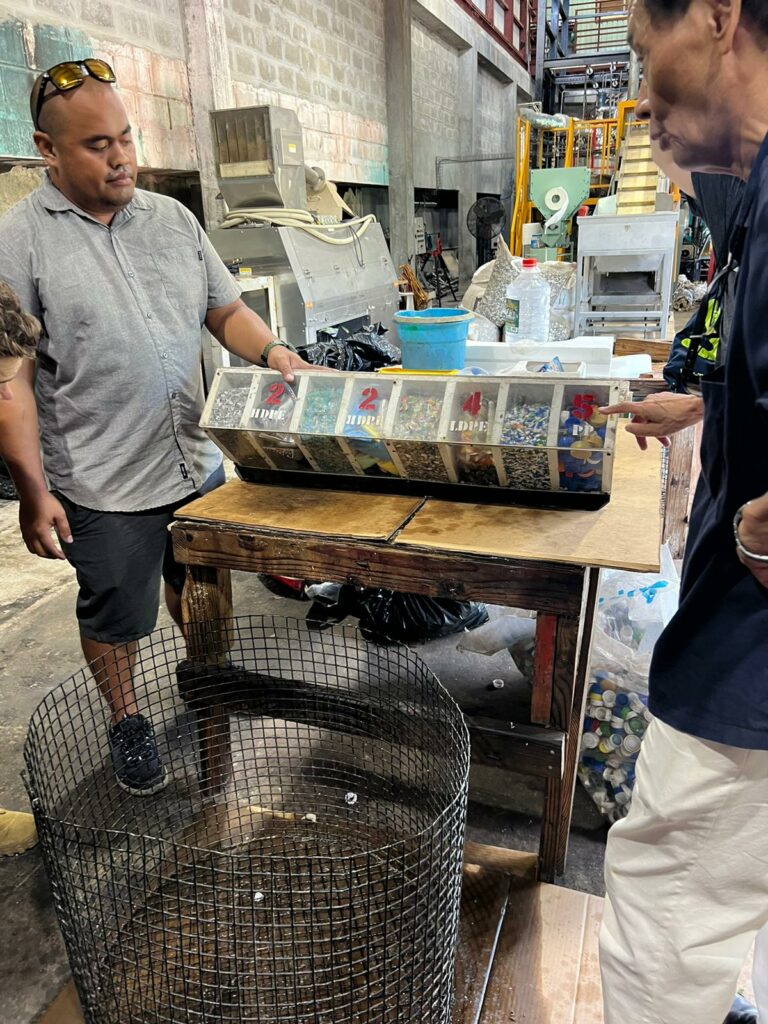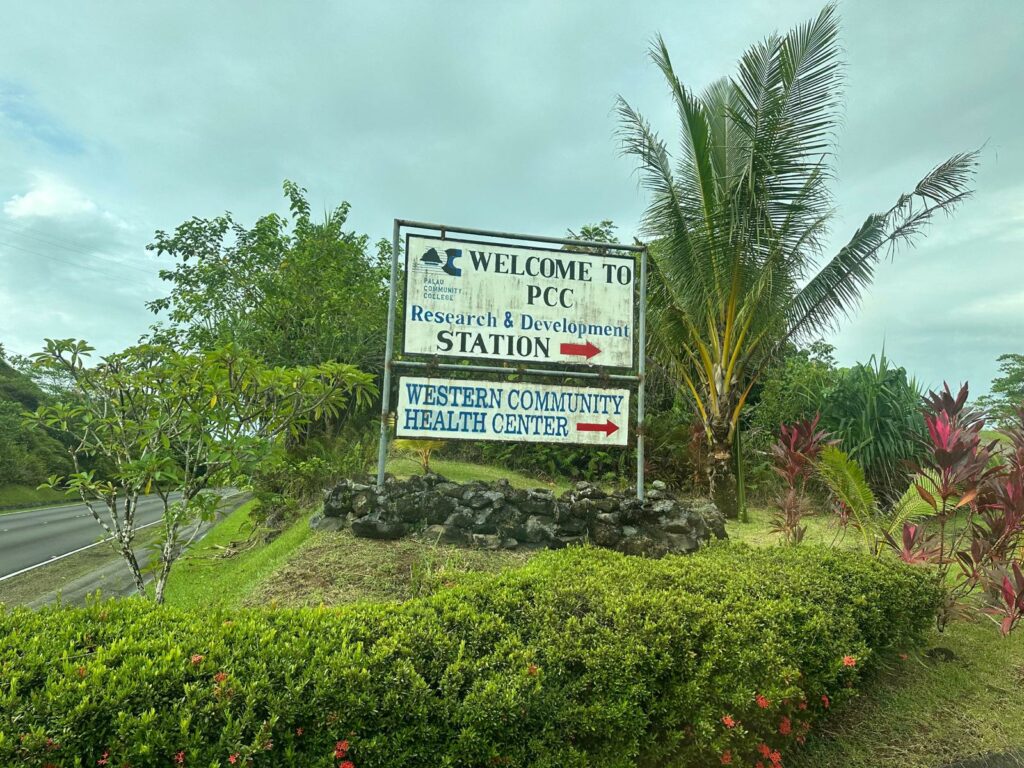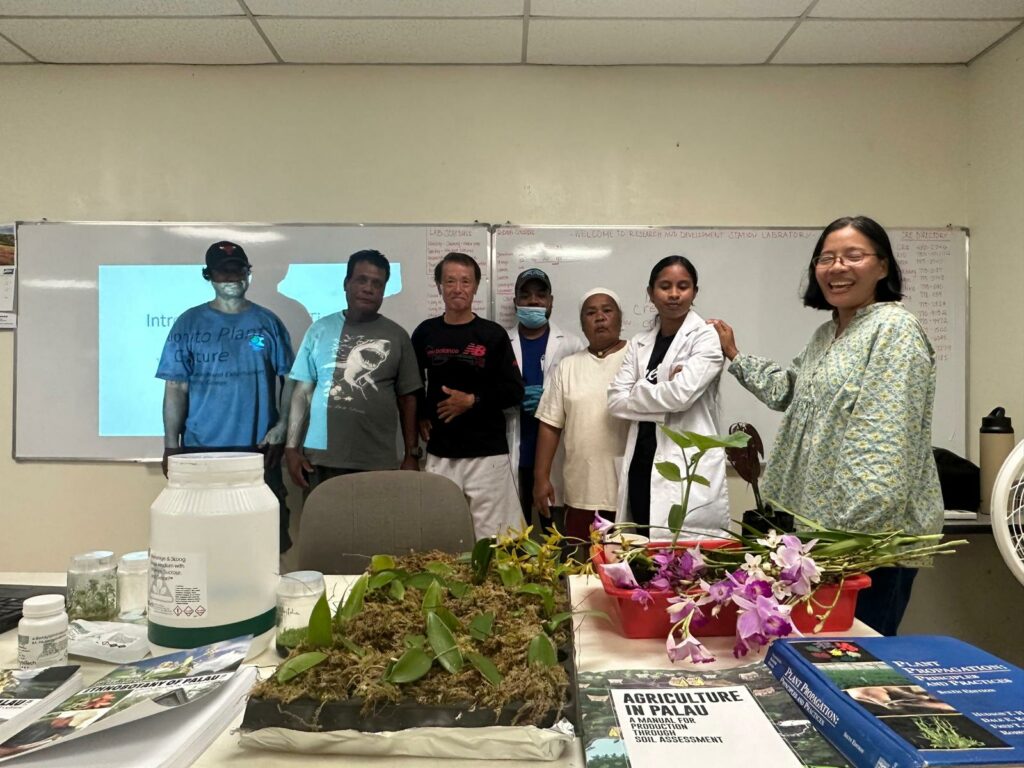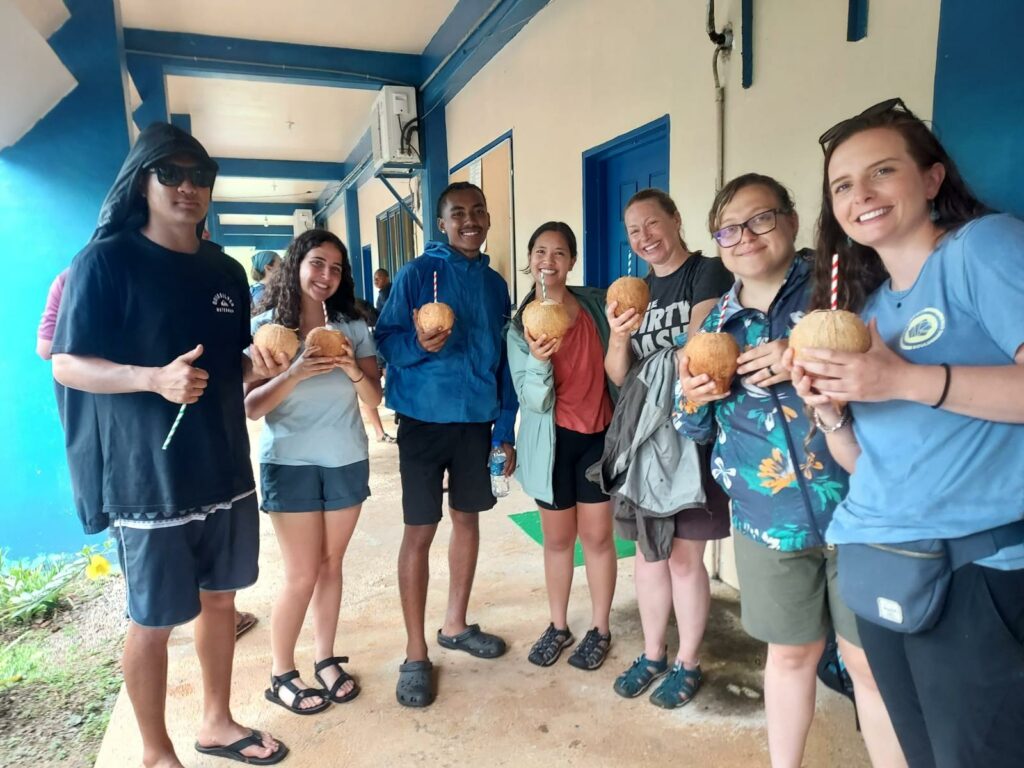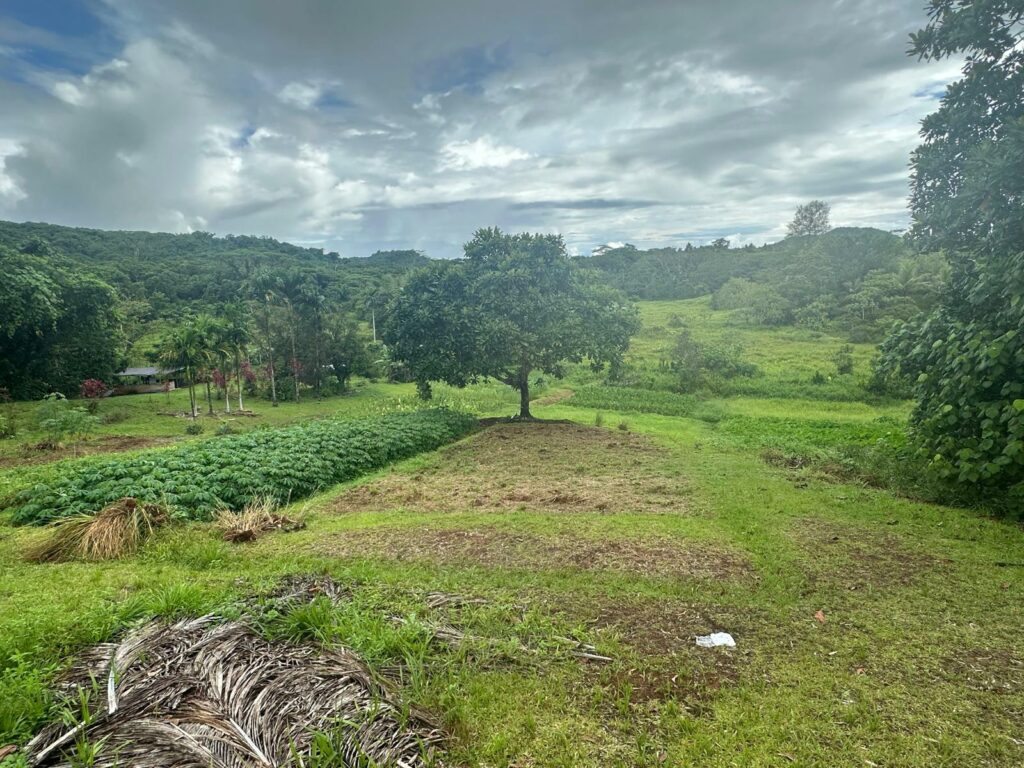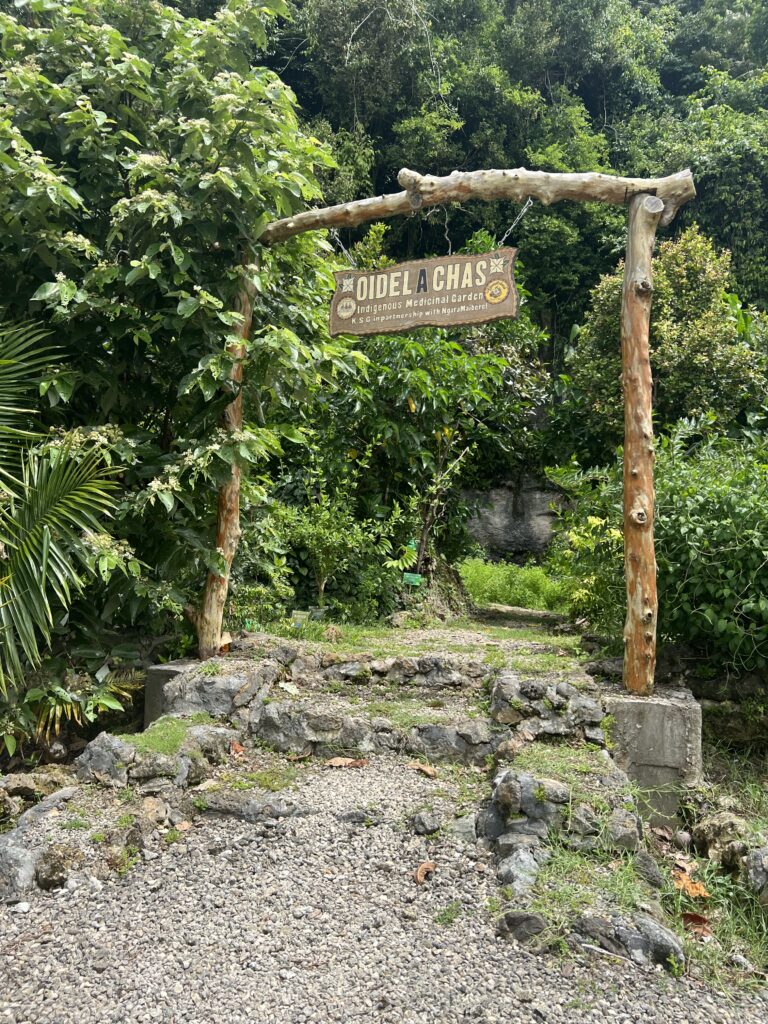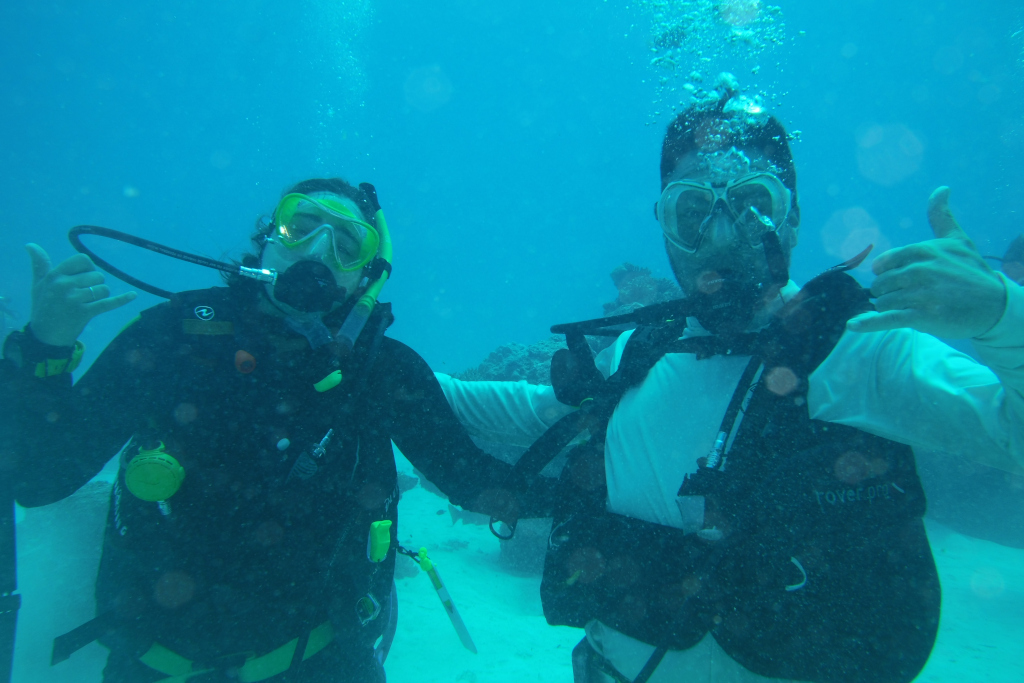In the blink of an eye, the last day here in Palau has arrived! We had a thoughtful last reflection this morning and enjoyed a great traditional Palauan lunch here at PCC for our final group event.
We would like to take the time to offer sincere gratitude to everybody who has helped make this trip truly unforgettable. The Ebiil Society, Paddling Palau, and PCC have once again graciously opened their arms to Oregon State students and given us experiences that will last in our memories for a lifetime. Most of us never pictured ourselves weaving baskets from palm leaves, swimming with jellies, wading through thigh-deep mud in a mangrove forest, preparing taro for dinner, or counting out sea cucumbers, but these opportunities filled us with brand new knowledge and perspectives on the world around us.
During our first week in Ebiil, we learned to slow down and appreciate the natural world around us. We also got to recognize how food strengthens relationships and reinforces cultural heritage. Many of us got to experience our first hands-on field work through sea cucumber monitoring and conducting surveys in a mangrove plot, which gave us skills that we could utilize in a broad array of future outdoor careers.
In our second week in Koror/the Rock Islands, we were able to experience the impact of ecotourism, learn about modern scientific methods of achieving agriculture sustainability, and looking at the challenges and benefits of island self-sufficiency.
We arrived to this island as a group of complete strangers, and we are leaving as a family. These two weeks have created incredibly tight bonds and brought together people from all over the world. The Ridge to Reef family grows each year, and we feel so lucky to be the 2024 additions!

We’d like to personally thank the entire PCC staff, the Ebiil Society, Paddling Palau, and every other organization that made this trip a success. At PCC, Lik opened the dorms to us and helped organize transportation to and from events. Gurney, Chermang, Sean, Didil, and Lee kept our stomachs full with the most delicious meals in the dining hall! At the Ebiil Society, Ann, Ann-Marie, Joyce, Patty, Cindy, Sharon, Aki, Margie, Omar, Brekke, Red, Daniel, and the rest of the staff taught us traditional Palauan knowledge, cooked us more amazing food, and provided wonderful hands-on opportunities. At Paddling Palau, guides Mac, Jeff, Olilai, and Cobi helped us navigate the pretty blue waters in the Rock Islands and Chef Alina provided a wonderful first dinner. Thank you also to Belau National Museum, our guide to the Melekeok Bai Demei, Ngardmau Rangers, our mangrove instructor Rich, Des with Peleliu Adventures, high school STEP-UP program students, Airai 680 Night Market, Dr. Chris Kitalong, Elchung, Hideyos, Nikka, and Emengal, Christine and our other friends with CRE, Bruno and Cinzia with Palau National Aquarium, and LeAnn and Mr. Fuji with his staff at Palau’s Waste Treatment Plant and Glass Arts Center.
Thank you to KB for joining us on this trip and adding a Palauan voice to every important conversation, thank you also to Garrett for your willingness to be an honorary TA for the course, and thank you Reid for joining us and getting some great underwater pictures!
Finally, thank you endlessly to our instructors Bryan and Scott for giving us such a memorable, amazing experience in Palau. Your efforts to ensure a smooth, unforgettable course does not go unnoticed and is greatly appreciated.
Farewell, from the Ridge to Reef class of 2024! <3


This post comes from the heart of all students, and is authored by Iris Ford, Jacob Colvin, and Donika Mitev.




























































































